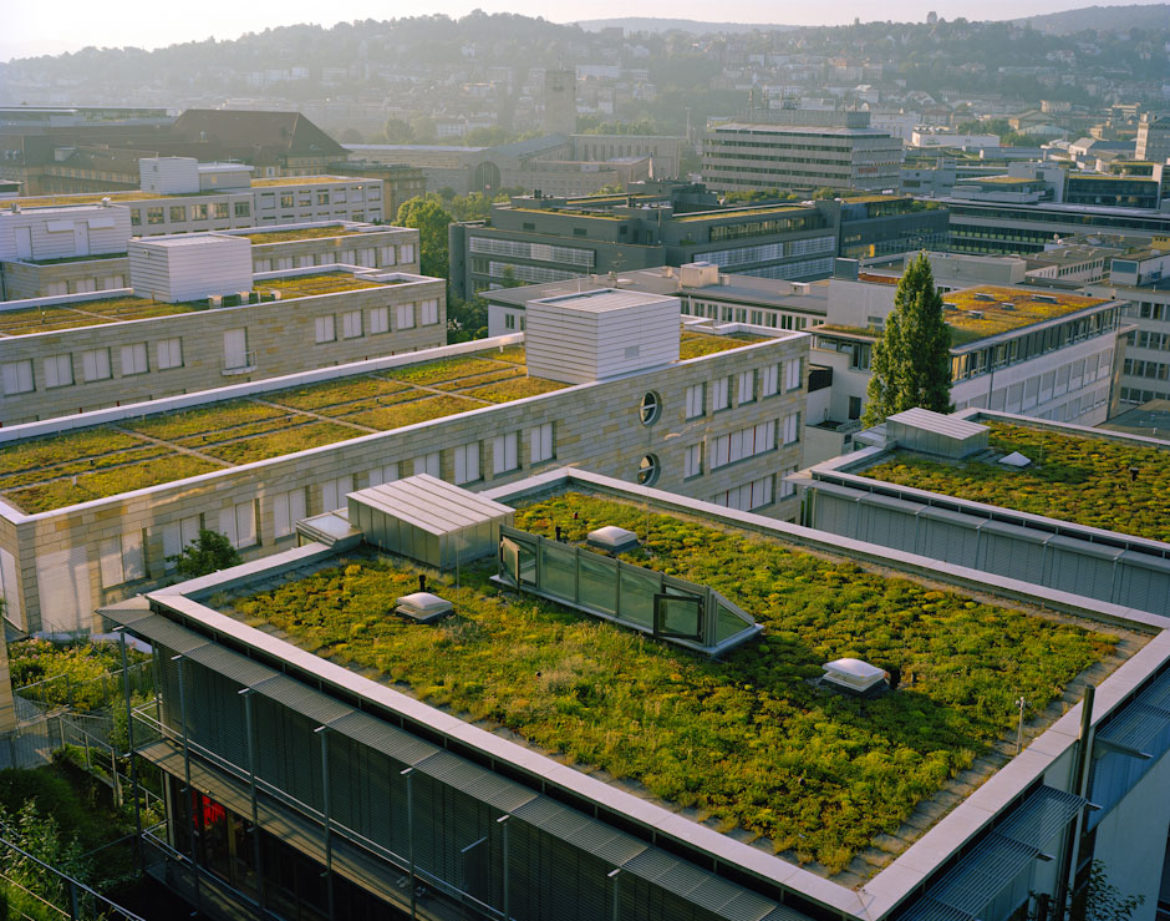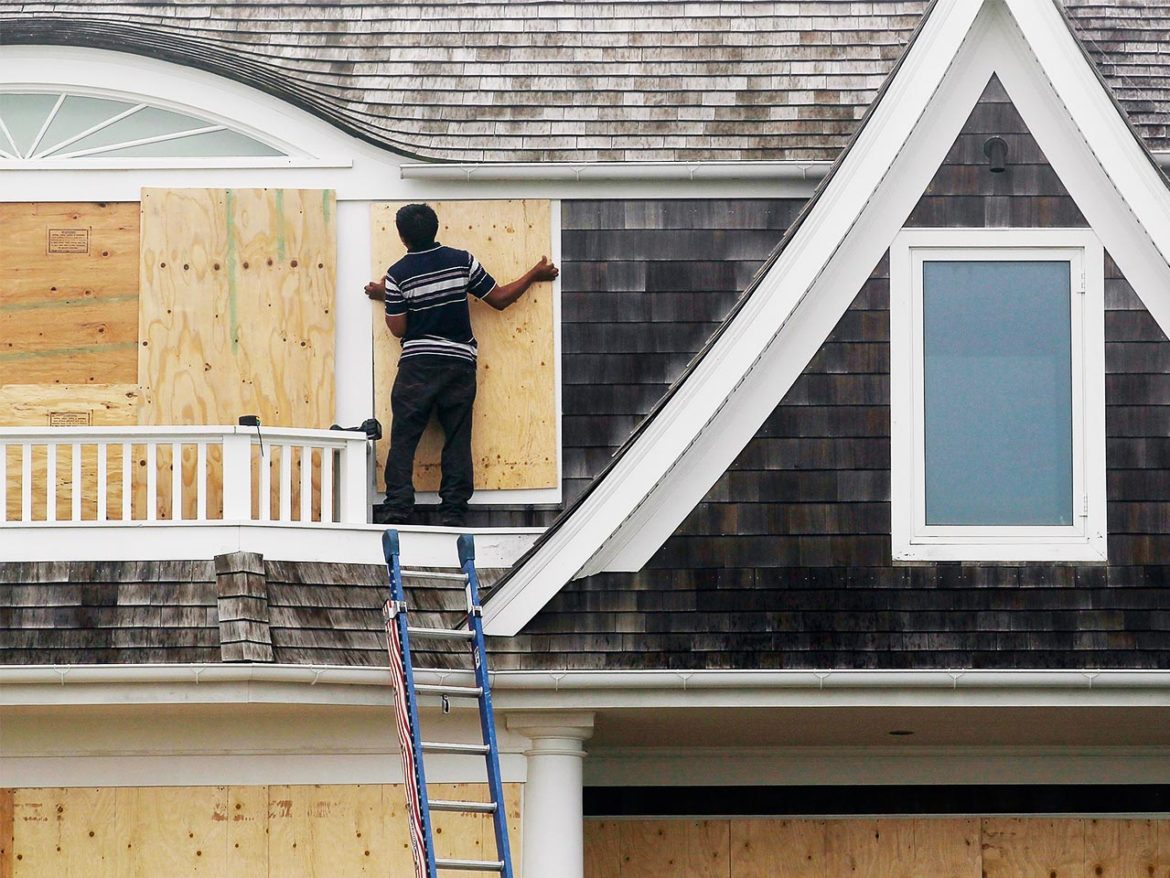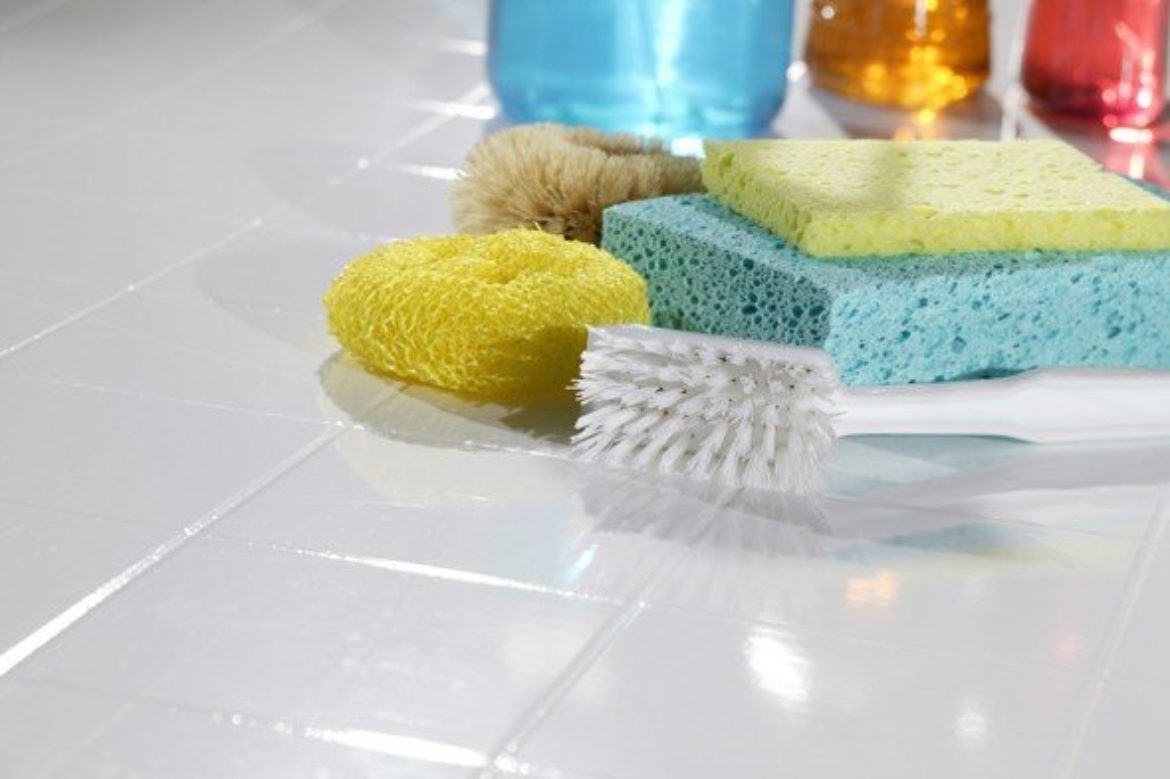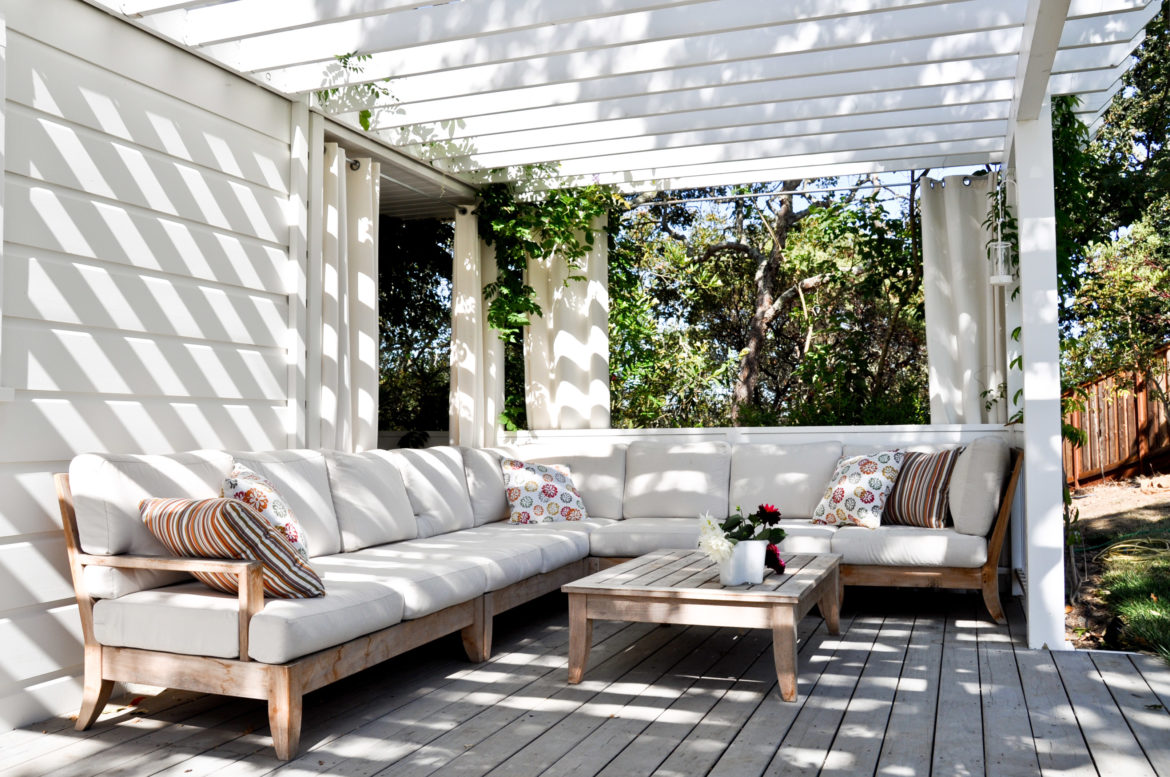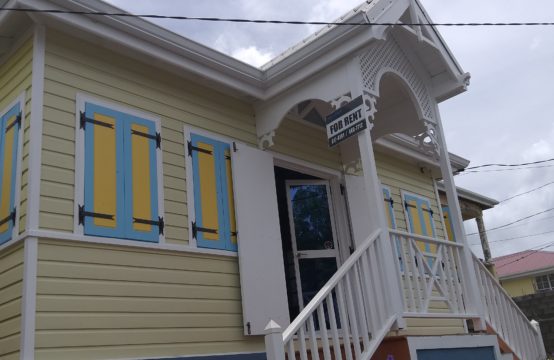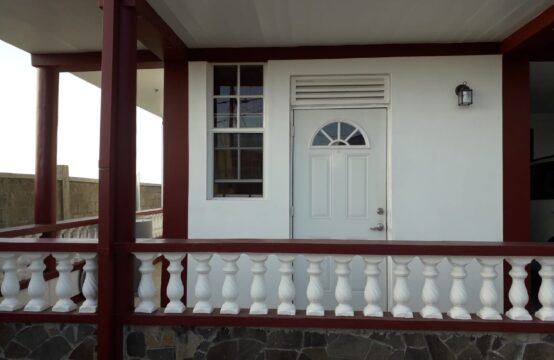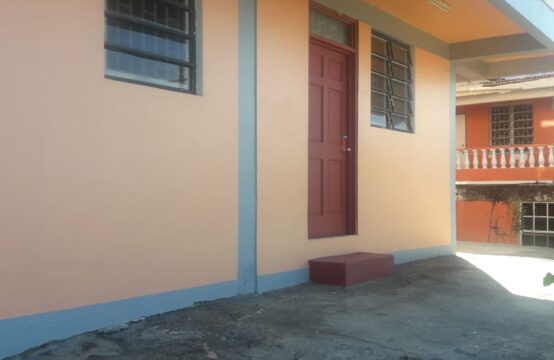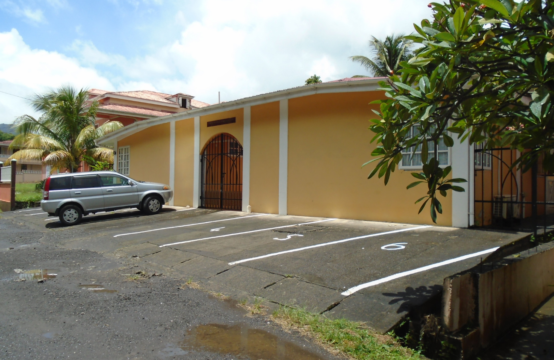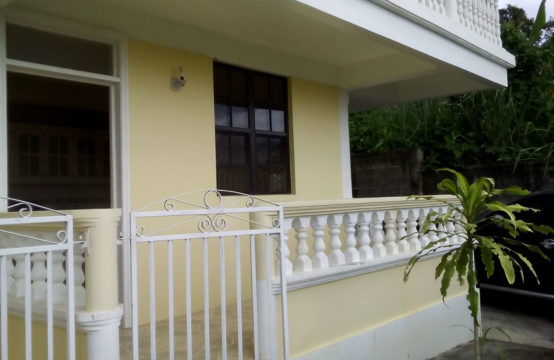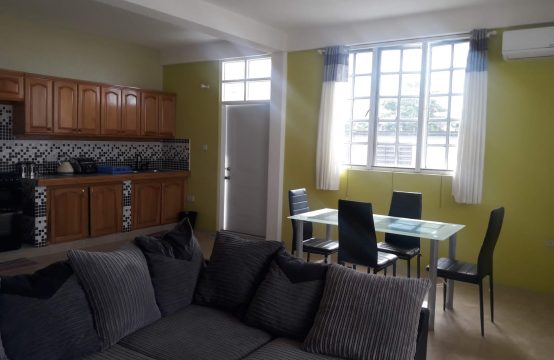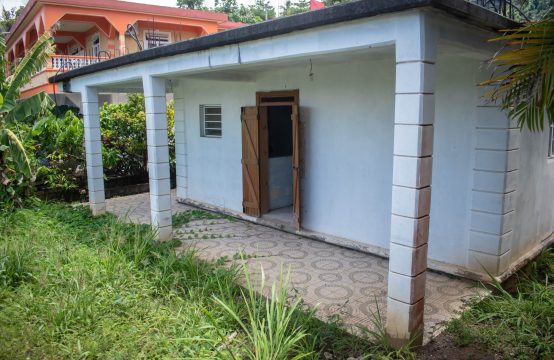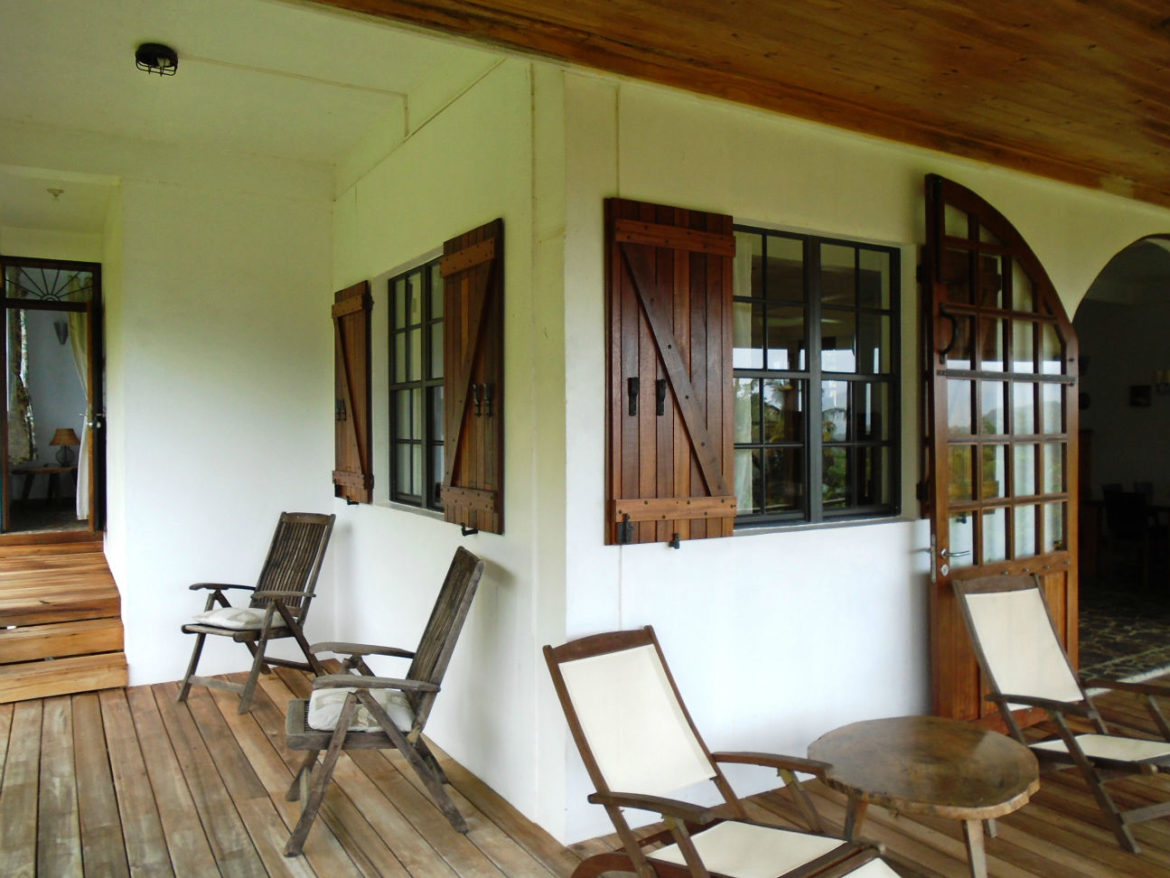
On many properties there is valuable living space that is left under-utilized, and it’s typically found outside. Often the outside area that could be converted into a creative living space is larger than the largest space inside the home. Maximizing the comfort of your home includes the use of available outdoor space.
When someone visits your home, they first see the outdoors, the surroundings. Their impression of you and your home begins outside. It would be wise that in the planning stages of the construction of your home that the building be located in an area that would maximize the usage potential of the outside of the home.
At these early stages, a vision for the outdoor space should be considered in order to minimize the cost of any future outdoor projects since the grounds of your home will already be fashioned to suit that vision. Besides the visual effect of a well designed outdoor space and manicured grounds, an outdoor living space will increase your living area and allow for much needed fresh air and sunlight that is not available on the inside. For those who entertain, outdoor space will reduce the traffic and wear on the interior of your home.
Investing in an outdoor room adds resale value to your property. A homebuyer would be more interested in your home that offers this feature. Here are a few tips to help you plan an outdoor space:
- Figure out which rooms have the best potential for access to the outside. You’ll want to consider how high the floor is off the ground, how you will keep your privacy, how much deck, patio or terrace space is available, which area the sun will affect the most and at what time, and how the space will relate to the rest of your yard or garden.
- Once you choose where the doors will be, do a floor plan and put together a list of functional requirements. Do you want a deck with room for outdoor dining? A vegetable or flower garden? Hot tub? Arrange the elements you choose with regards to everything you considered in step one.
- Plan the central area to be as big as an actual room – minimum 12 square feet, but not larger than 20 square feet. The shape should probably be square or rectangular. It is better if you stay away from long narrow spaces that surround the house. Furniture won’t fit there well so it won’t be used.
- Keep the steps leading from raised decks and terraces as wide as possible, at least six feet. Keeping a full width on multiple sides of the deck will create a smooth transition to ground level.
- Get creative with your paving materials to create different functioning areas. Also try incorporating different levels in the space. By adding benches, planters or other permanent features each area of your outdoor space will have its own identity.
Whether or not you have plans to sell, using these tips will help you transform the look and comfort of your home!

